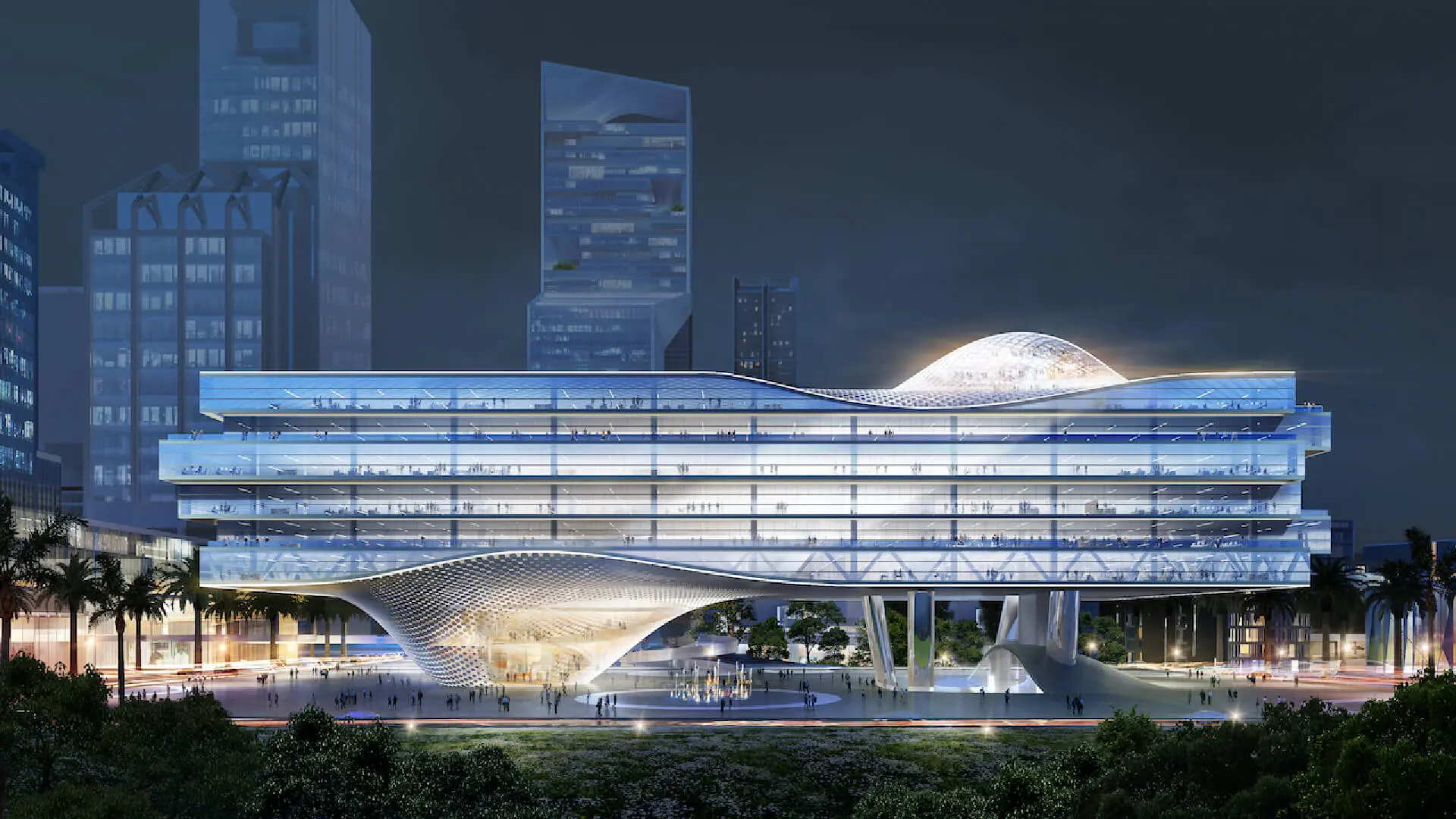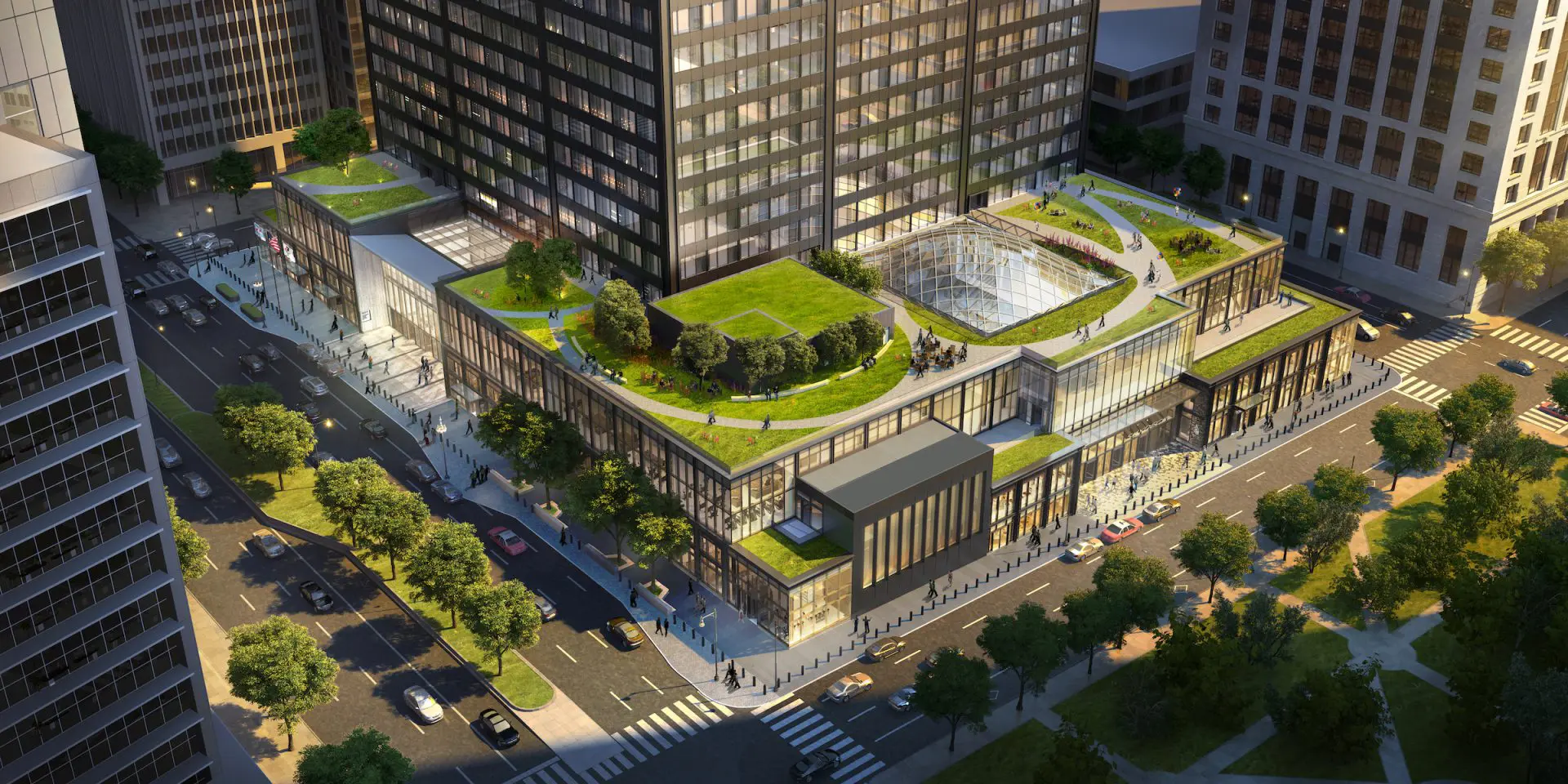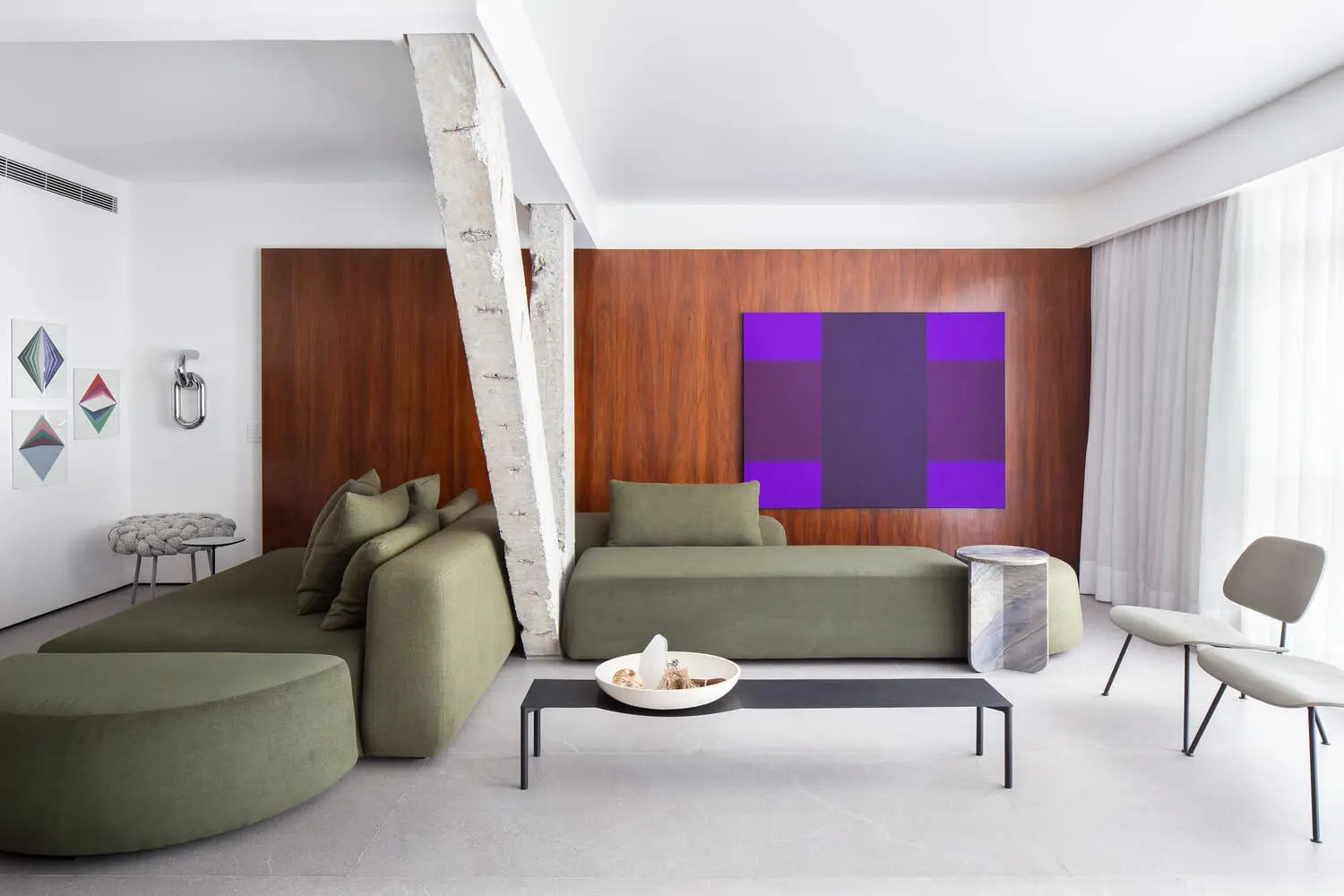The future of workspace is in China: Büro Ole Scheeren announces the Shenzhen Wave
A transformational headquarters for ZTE, Shenzhen Wave reimagines the urban workplace as an interactive and integrated spatial ecosystem of the future hovering above ground level.

Shenzhen, China – August 2020 – Büro Ole Scheeren today reveals the Shenzhen Wave, the new headquarters for ZTE, one of China’s leading telecommunications and technology companies. Recently approved by the mayor and planning department, the project is located at the entry to the Shenzhen Bay Super HQ masterplan in southern China.
Anticipating possibilities into the future, the Wave is a building driven by a rigorous commitment to performance, placing staff, users and the wider public at the center of an interactive and integrated spatial ecosystem of the future.

Imaging a new archetype for the urban workplace, the distinctive design for the tech leader has been conceived as a dynamic, living organism, hovering just above ground level, that generates innovation, cutting-edge ideas and new ways of working and living together.
The Shenzhen Wave is conceived of as a piece of city, responding to its context, and integrating with the local community. As the building floats gracefully above street-level, a new plaza beneath the suspended volume connects the waterfront to the urban fabric behind and gives public space back to the city.
On the other side of the plaza, a landscaped mound and amphitheater create the ‘Culture Node’, bringing light, activity and people down to the lower levels, where an exhibition space and cafeteria are located.

Sustainability, both environmental and social, defines the core values of this headquarters for the future. The building becomes a dynamic organism synthesizing spaces for formal and informal work, research, innovation, and retreat into a wholly new type of architecture for the city. The Shenzhen Wave exemplifies how cutting-edge design and thinking can redefine the workplace and encourage innovation within and around individuals, companies, cities and beyond.
A sinuous diagonal ‘Wave’ cuts through the building and links its multiple levels, lifting the structure off the ground and cresting up through the roof. This key element becomes an open and experiential pathway through the building for light, views and circulation, encouraging spontaneous encounters between users throughout the structure. The spatial organization of the building both physically embodies and simultaneously amplifies the company’s culture of interaction and innovation.

The ‘Lobby Node’ at ground level, which houses the main entrance to the headquarters, is connected by a diagonal atrium to the ‘Club Node’ in the cresting wave rising above the roof of the building. Here, the ZTE Club, a spectacular space flooded with natural light incorporates opportunities for individuals and groups to meet, rest or socialize, as well as a gym, cafe and bar with a roof deck embedded in a tropical green environment.
Radical flexibility is at the core of the project: a series of vast, open floor plates, each larger than the size of a football field, are piled up, shifted and calibrated to create the ‘Work Stack.’ Hovering above the ground plane, each floor is able to be freely sub-divided, programmed and occupied, offering an unprecedented spectrum of possibilities for spaces of new and as-yet-unforeseen forms of working. Outdoor terraces on each level seamlessly integrate indoor and open-air outdoor environments, with the connective ‘Wave’ traversing and interconnecting the stacked floor plates.

At a time when the nature of work is increasingly decentralized and seemingly intangible, the Shenzhen Wave reasserts the importance of physical space and collaboration as incubator of new ideas that emerge from the dynamic interplay of human minds.












